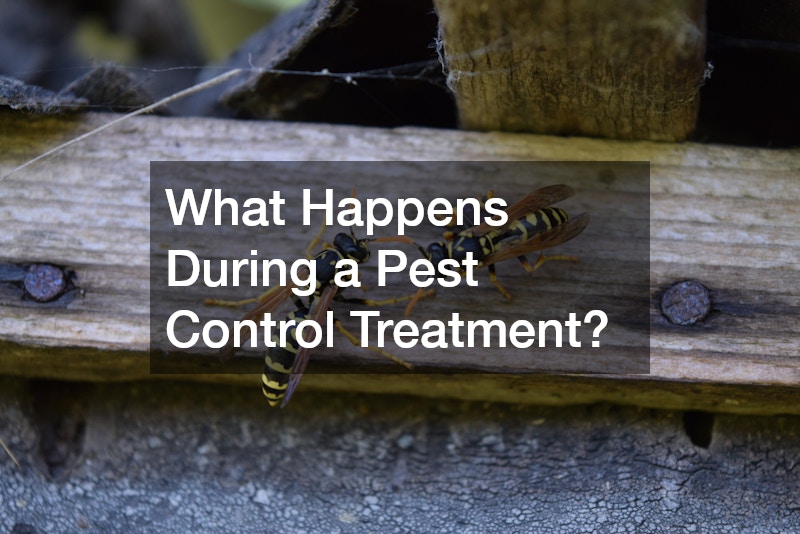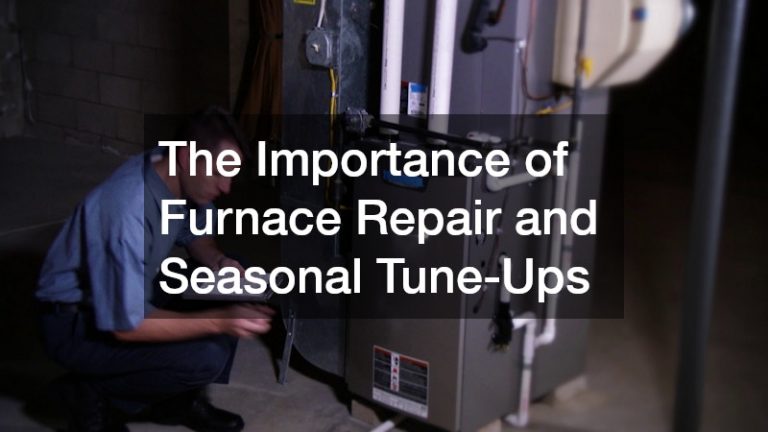

When you schedule a pest control treatment, you might wonder what exactly goes on during the process. Understanding the steps involved can help alleviate any concerns and prepare you for a successful pest management experience.
Initial Inspection
The first step typically involves a thorough inspection of your property. A pest control technician will assess both the interior and exterior, looking for signs of infestation, potential entry points, and conducive conditions for pests. This inspection helps the technician identify the specific type of pests present, their nesting sites, and the extent of the problem.
Assessment and Treatment Plan
After the inspection, the technician will discuss their findings with you and develop a tailored treatment plan. This plan may include various methods, such as chemical treatments, traps, or exclusion techniques. The approach will depend on the type of pests, the severity of the infestation, and your preferences for treatment methods—some clients may prefer eco-friendly options.
Preparation and Safety Measures
Before treatment begins, the technician will instruct you on how to prepare your home. This may include moving furniture, covering food, and ensuring pets are secured away from treatment areas. Safety is paramount; the technician will wear protective gear and adhere to safety guidelines to minimize any risks to you, your family, and the environment.
Application of Treatments
The actual treatment can vary widely. For indoor pests, the technician may use sprays, baits, or fogging systems. For outdoor treatments, barriers may be applied around the perimeter of your property. The goal is to target pests directly while minimizing impact on non-target organisms.
In summary, a pest control treatment involves a detailed inspection, a customized plan, careful preparation, targeted application of treatments, and follow-up monitoring. By understanding these steps, you can feel more confident in the pest control process and its effectiveness in safeguarding your home.
.



